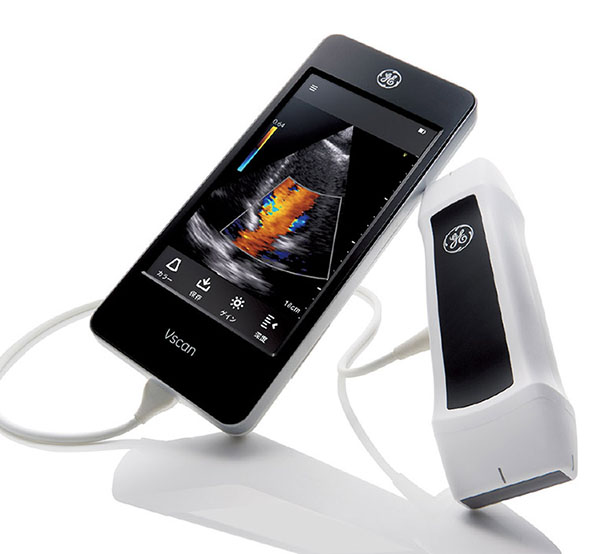Many potential heart patients that are referred to specialists, turn out not to need specialist care. If general practitioners (GPs) could use handheld ultrasound devices with built-in diagnostic tools, could this improve patient outcome and reduce cost for the health services?
NTNUhealth
-
CardiovascularNTNUhealth
Improving ultrasound images of the heart’s blood vessels
by @NTNUhealth 20 June 2018Coronary heart disease is a condition where the heart muscle (myocardium) does not receive enough oxygen and nutrients due to obstruction of blood flow in the heart’s blood vessels, known as the coronary arteries. It is therefore important to investigate the blood flow in these vessels. However, it is challenging to obtain accurate measurements due to the combination of poor blood flow, the constant movement of the heart throughout the cardiac cycle, and surrounding tissue causing noise signals.
-
CardiovascularNTNUhealth
Using artificial intelligence to measure the heart
by @NTNUhealth 24 May 2018Artificial intelligence can now help clinicians by automatically measuring the heart in ultrasound images. This can save time and may in the future enable inexperienced users to perform accurate measurements of the heart.
-
NTNUhealthResearch
Making analog-to-digital converters for digital ultrasound probes
by @NTNUhealth 19 April 2018Making good digital ultrasound probes is extremely challenging because of the constrained amount of power that can be used. If significantly more than a couple of watts are consumed, the probe gets too hot to be allowed to touch your skin.
-
Increased availability of ultrasound devices is great news, but it also triggers a range of new challenges. At CIUS we believe modern machine learning methods, such as deep learning, can provide necessary solutions.
-
NTNUhealth
Optimization of transmit ultrasound pulses in second harmonic imaging
by @NTNUhealth 14 March 2018Today, second harmonic imaging is a preferred ultrasound imaging modality, mainly due to its ability to improve image quality by suppressing undesired acoustic reverberations. This imaging modality improves the diagnostics for different medical applications, and most of the cardiac ultrasound scanners in the hospitals use this method. We have established an experimental measurement system to measure, manipulate, and optimize excitation waveforms, and one of the goals is to reduce the undesired transmitted signal.
-
NTNUhealthPublic HealthResearch
Lessons learned from a local hospital after the Nepal Earthquake
by @NTNUhelse 20 February 2018My personal experience from the Nepal Earthquake in 2015, and lessons learned from Dhulikhel Hospital (DH).
Samita Giri, PhD Candidate, Faculty of Medicine and Health Sciences. -
NTNUhealth
Can hybrid PET/MRI improve the diagnostic accuracy of brain glioma?
by @NTNUhealth 8 February 2018Gliomas are the most common primary brain tumors in adults with an incidence of around 250 cases per year in Norway. The outcome is poor, and the diagnostic accuracy is essential to estimate overall prognosis and to plan the best treatment for the patient. Can a hybrid PET/MRI system improve the diagnostic accuracy and treatment planning for this patient group?
-
NTNUhealth
CEMIR researcher appointed Young Associate Investigator by NCMM
by @NTNUhealth 10 November 2017Associate professor Richard Kumaran Kandasamy at the Centre of Molecular Inflammation Research (CEMIR) has been appointed as a Young Associate Investigator by the Centre…
-
NTNUhealth
Bacterial needle injections into host cells block immune responses
by @NTNUhealth 14 June 2017Bloggere: Egil Lien, Professor II at Centre of Molecular Inflammation Research (CEMIR) and Mathias Pontus Ørning, PhD candidate. A number of human-pathogenic bacteria use specialized secretion systems…

